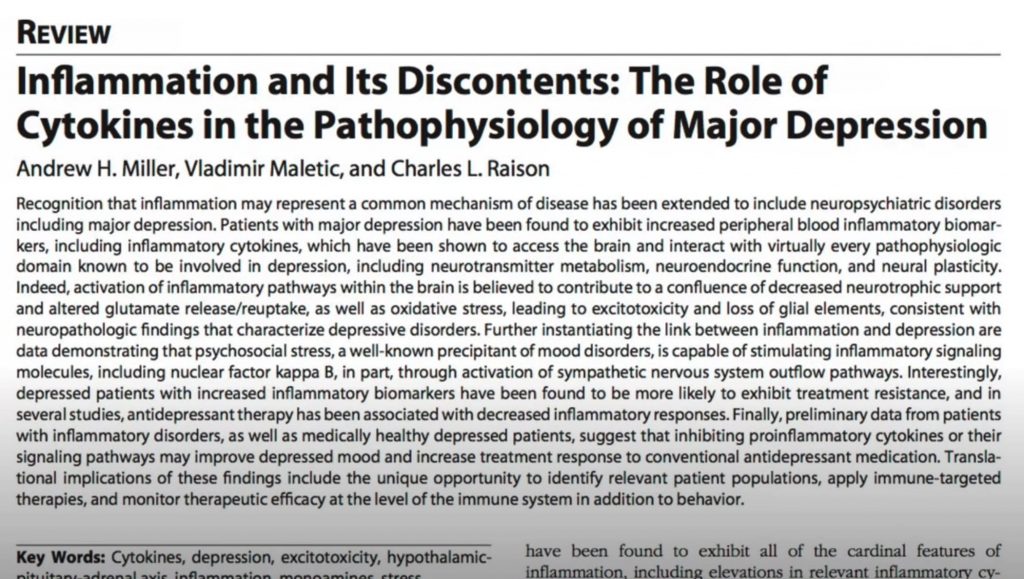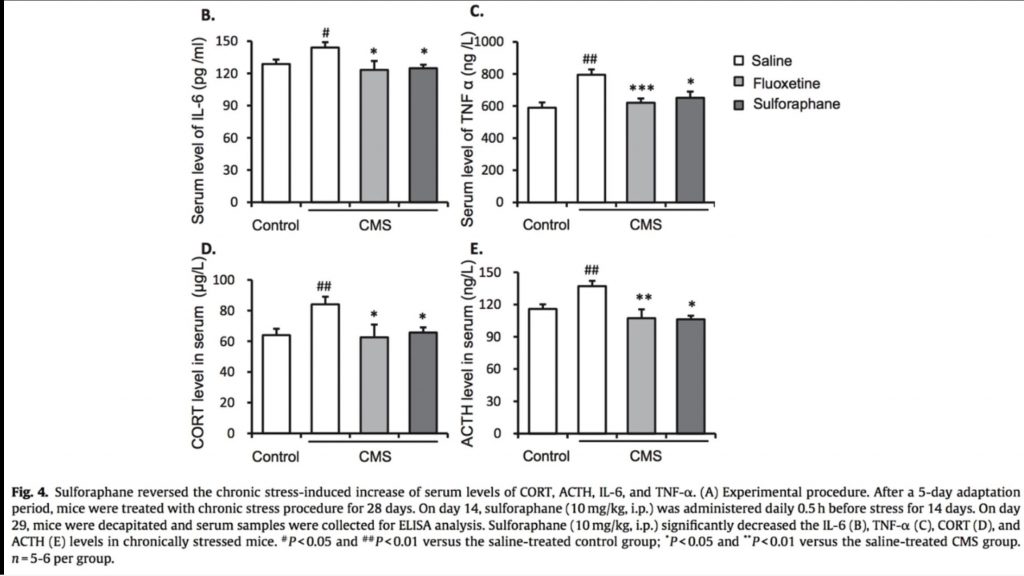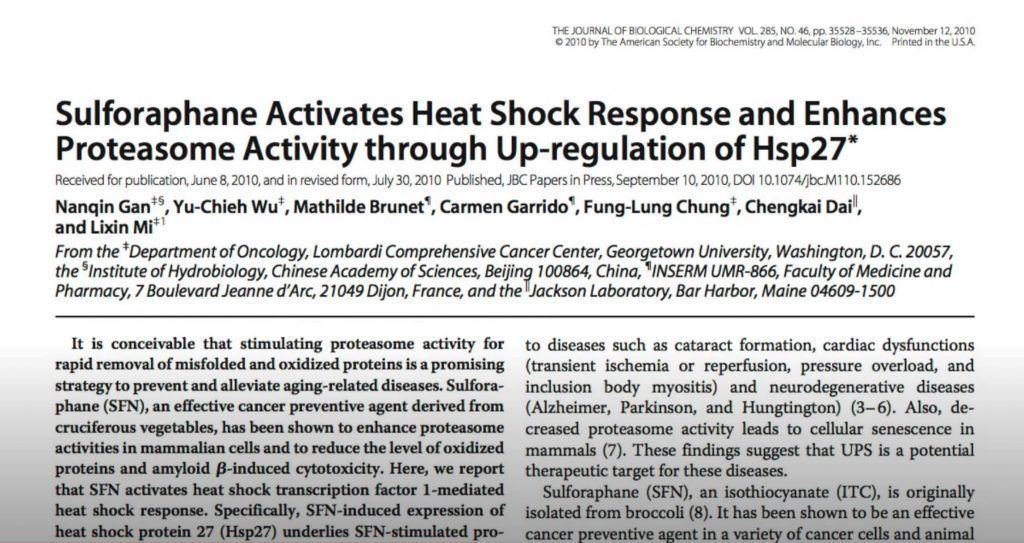Dr. Paul Talalay spearheaded research in the 1990s that identified the cancer-preventing properties of a compound found in broccoli. (Family photo) from article Paul Talalay, researcher who found cancer-preventing qualities in broccoli, dies at 95
The Washington PostDr.Paul Talalay, a pharmacologist who spearheaded research in the 1990s that identified the cancer-preventing properties of a compound found in broccoli, a discovery that was credited with bringing new scientific attention to ways of combating cancer before it takes hold
Dr. Talalay, who was long associated with the Johns Hopkins University School of Medicine, spent the first decades of his career as an enzymologist, focused in particular on the proteins that interact with testosterone.
Dr. Talalay oversaw research that in the 1990s revealed intriguing qualities of sulforaphane, a compound found in broccoli and in even greater quantities in broccoli sprouts. When ingested, sulforaphane binds to a protein inside cells, said Philip A. Cole, a professor at Harvard Medical School and a former student of Dr. Talalay’s. That event sparks the increased production of enzymes that help cells resist toxic substances, including carcinogens.
Consuming broccoli and other vegetables including kale and watercress helps the body create what Cole described as a “molecular defence” against “environmental insults” that might lead to the formation of a cancer cell.
Talalay directs the Laboratory for Molecular Pharmacology at Johns Hopkins, which in 1992 discovered the health-promoting properties of sulforaphane glucosinolate, the cancer-fighting chemical abundant in the pungent Brassica family of vegetables. The lab's findings were splashed on the front page of The New York Times and hailed as one of the top 100 scientific discoveries of the 20th century by Popular Mechanics.
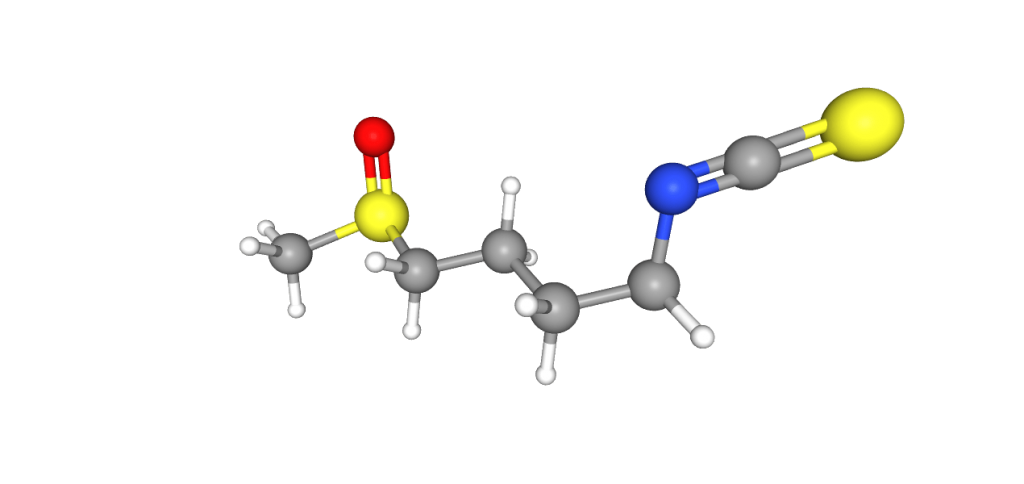





 BUY NOW
BUY NOW
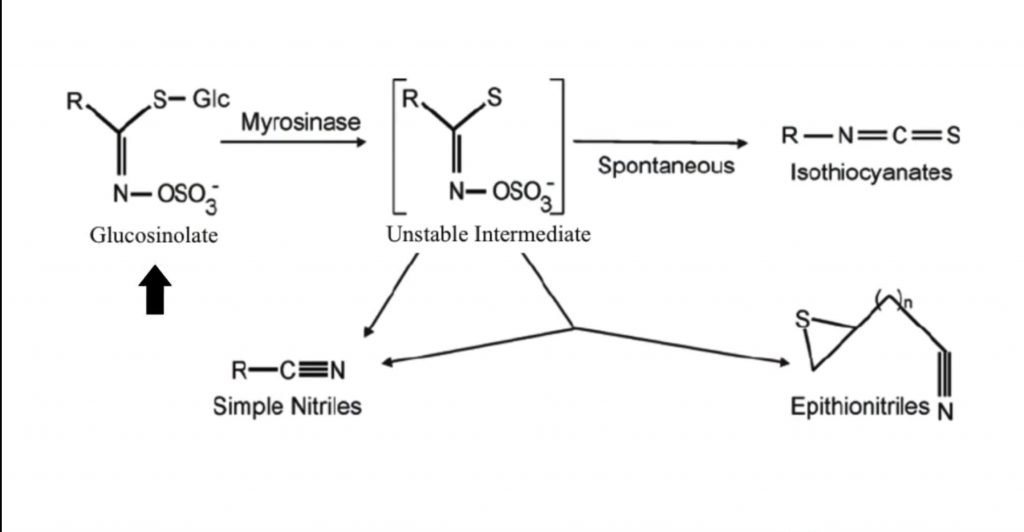

 BUY NOW
BUY NOW
